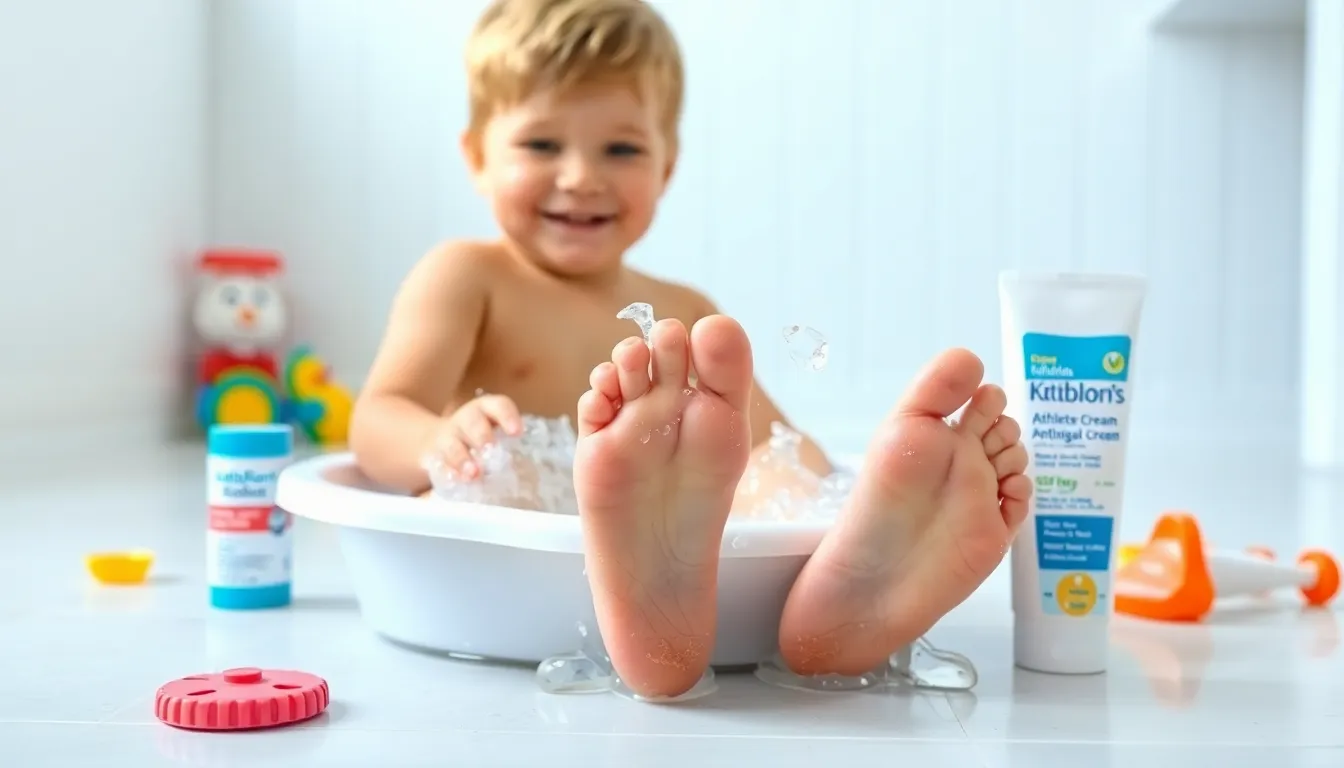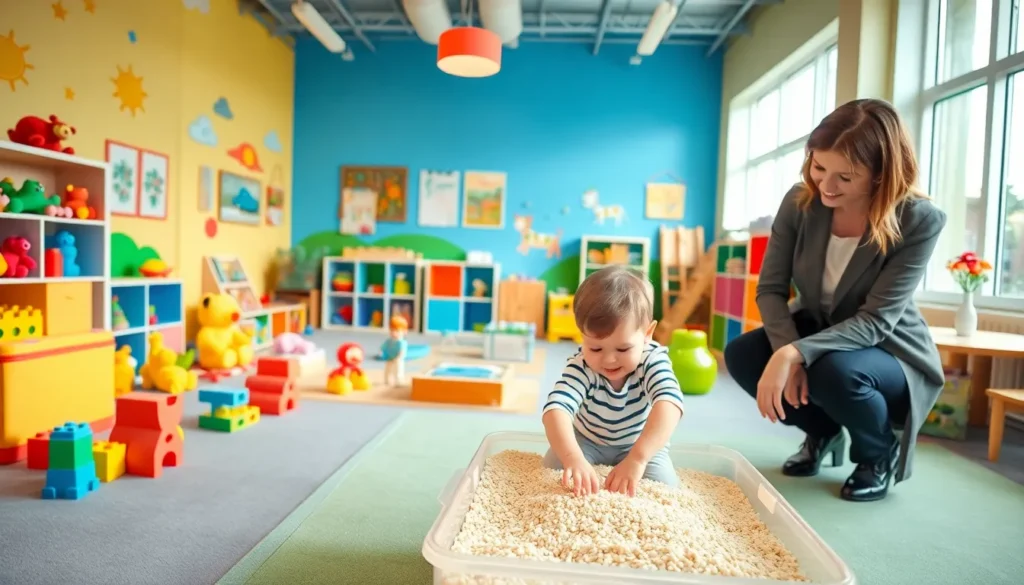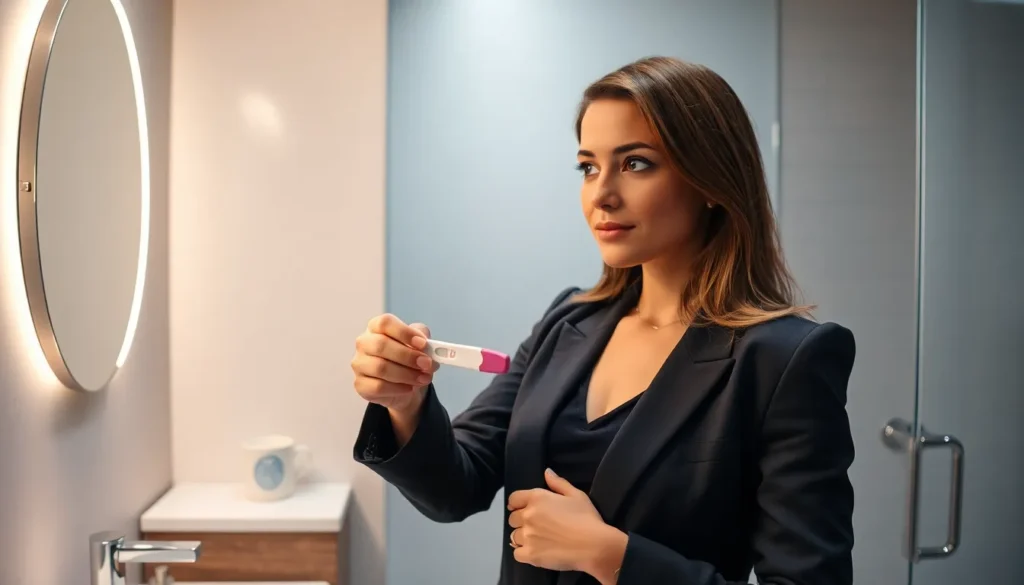Imagine this: your little one has itchy, red, flaky feet, and you’re wondering if it’s just a case of toddler shenanigans or something a bit more serious. It might just be athlete’s foot, a condition that sounds like it only affects adults who run marathons, but surprise, it can impact your toddler, too. In this text, we’ll unpack the ins and outs of athlete’s foot in toddlers so that you can arm yourself with knowledge (and maybe some laughs along the way). After all, when it comes to taking care of those tiny tootsies, every bit of information counts.
Table of Contents
ToggleUnderstanding Athlete’s Foot

Athlete’s foot, clinically known as tinea pedis, is a fungal infection that thrives in warm, moist environments, like your toddler’s favorite playground or their little sneakers. Contrary to popular belief, it isn’t exclusive to athletes or those who spend hours in the gym. Basically, it doesn’t care if your child’s more into finger painting than foot races. This fungus primarily targets the skin between the toes and can also spread to the soles and sides of the feet, leading to itching, burning, and discomfort.
Causes of Athlete’s Foot in Toddlers
So, how does athlete’s foot make its grand entrance into your child’s life? Kids are naturally curious and love to explore their environment, which often involves walking barefoot, especially in places like swimming pools or public showers where fungi love to hang out. It can also be spread through direct contact with an infected individual, or by sharing towels, shoes, or socks. Moldy shoes? Parents might want to check those out too, as they can be a breeding ground for the very fungi that cause athlete’s foot.
Symptoms to Look For
Identifying symptoms of athlete’s foot in toddlers might feel like a treasure hunt. Here’s what to watch for:
- Itching and red rash: A common early sign, often found between the toes.
- Peeling skin: The skin may start to flake or peel, which can be concerning for any parent.
- Foul odor: This is often a telltale sign that something funky (pun intended) is going on down there.
- Blisters: As the infection progresses, small blisters may appear, adding discomfort to the mix.
If any of these symptoms pop up, it’s essential to act quickly.
Diagnosis and When to See a Doctor
Recognizing athlete’s foot is one thing, but diagnosing it accurately is another. Parents often notice these symptoms first, but seeking a healthcare professional is the best way to confirm. A pediatrician will typically perform a physical exam and may take a skin scraping for lab analysis to rule out other conditions.
If your child’s symptoms worsen, or if the infection doesn’t respond to over-the-counter treatments within a few days, it’s time to consult a doctor. Also, any signs of secondary infections, like increased redness or pus, require immediate medical attention.
Treatment Options for Athlete’s Foot
So, how can parents tackle this pesky infection? Fortunately, treatment options abound.
- Over-the-counter antifungal creams: Many effective treatments are available, such as clotrimazole or miconazole, which are safe for toddlers. Apply as directed and keep an eye on the affected area.
- Prescription medications: When things get stubborn, a pediatrician may prescribe stronger antifungal medications.
- Keep it dry: Remember, moisture loves fungus. Encourage your toddler to dry their feet thoroughly after bathing. A little foot powder can also help keep those tiny feet dry.
- Avoid tight footwear: Give those toes some room to breathe, opting for shoes made of breathable materials.
Prevention Tips for Parents
An ounce of prevention is worth a pound of cure, right? Here are some effective tips to prevent athlete’s foot from crashing your toddler’s party:
- Shoe management: Ensure your child wears well-ventilated footwear and doesn’t share shoes with friends.
- Keep feet dry: Use moisture-wicking socks and prioritize daily foot hygiene. After playground adventures, remind your child to wash their feet thoroughly.
- Avoid damp public areas: Equip your child with flip-flops for trips to the pool or public showers to minimize exposure to damp surfaces.
- Regular laundry: Wash socks and shoes frequently, especially if they’ve been worn in moist environments.




